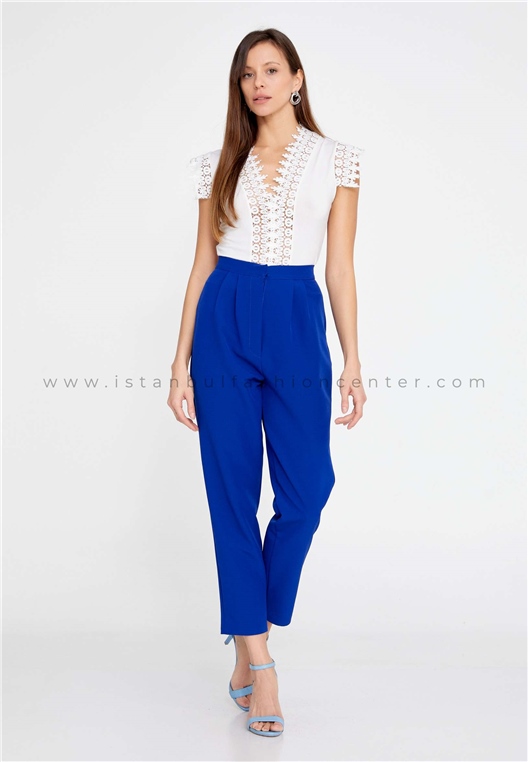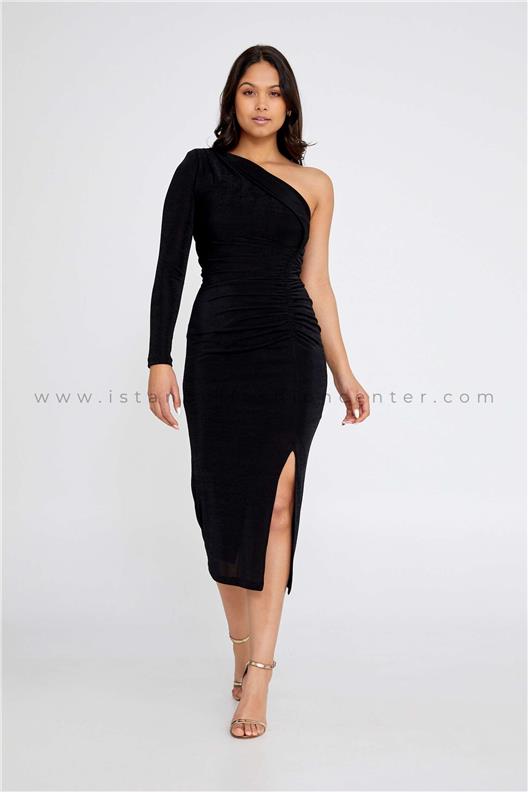Selling women's clothing can be a lucrative business, but it's important to know which fashion mistakes to avoid as they can turn off potential customers. As fashion trends evolve constantly, it can be easy to make missteps that can harm sales. Whether it's failing to consider the target audience or neglecting to keep up with current fashion trends, avoiding these common fashion mistakes is essential for any successful women's clothing retailer.
You can reach our product by clicking the image above.
Common Pitfalls in the Fashion Retail Industry
The fashion retail industry is an ever-evolving landscape, with new trends and styles emerging constantly and several common pitfalls can negatively impact the business. Some of the most significant challenges are keeping up with changing trends, not overstocking inventory, having poor customer service or a lack of attention to customer feedback, etc.
By being aware of these pitfalls and proactively addressing them, retailers can increase their chances of success in the competitive fashion retail industry.
Importance of Avoiding These Mistakes
Customers are increasingly savvy and discerning when it comes to fashion, meaning that outdated or unappealing clothing can quickly turn them off and cause them to take their business elsewhere. Also, poor inventory management and overstocking can lead to increased costs and decreased profitability.
Failing to prioritize customer feedback and satisfaction can also harm a business's reputation and decrease customer loyalty. By avoiding these fashion mistakes, retailers can improve their chances of success, increase customer satisfaction, and build a strong reputation in the industry.
Ignoring Target Audience Preferences and Needs
Ignoring target audience preferences and needs is one of the common fashion mistakes to avoid when selling women clothing that can have significant negative consequences. Failing to understand and cater to a target audience's specific tastes, styles, and preferences can lead to a disconnect between the retailer and its potential customers.
This can result in decreased sales and brand loyalty, as customers may seek out competitors who offer clothing that better fits their needs and desires. By taking the time to understand and cater to the preferences and needs of a target audience, retailers can increase the likelihood of success and build a loyal customer base.
Understanding Your Target Audience
Understanding your target audience is essential since knowing the ideal customer allows brands to tailor their garments to their preferences and needs, which will increase the likelihood of customer satisfaction and brand loyalty. Conducting market research to gain insights into their demographics, lifestyle, purchasing behavior, and preferences and analyzing customer feedback and reviews will help in understanding the target audience.
Adapting to Changing Trends and Demands
Adapting to changing trends and demands is a critical aspect of success in the fashion retail industry. Fashion trends evolve quickly, and customers are constantly seeking new and exciting styles and designs.
Failing to keep up with changing trends and demands can result in a retailer's offerings appearing outdated or unappealing, leading to decreased sales and brand loyalty. To stay ahead of the game, keeping a close eye on industry news and trends, analyzing customer feedback and preferences, and staying up to date with the latest technologies and production techniques are a must.
Poor Inventory Management and Planning
Inventory management and planning is one of the most significant fashion mistakes to avoid that can harm the success of a fashion retail business. Inventory management can result in a lack of space to showcase new products, limiting a retailer's ability to stay up to date with changing trends and customer demands.
Overstocking items that are not selling or underestimating the demand for popular items can lead to increased costs and decreased profitability. By implementing efficient inventory management practices, retailers can improve profitability, minimize waste, and better cater to the needs and preferences of their customers.
Overstocking and Understocking
Overstocking and understocking are crucial fashion mistakes to avoid in the industry as they can harm a fashion retail business, and they are especially crucial when selling wholesale tops. Overstocking can lead to increased costs, decreased profitability, and limited space for new products, while understocking can result in lost sales, decreased customer satisfaction, and missed opportunities to capitalize on popular items.
To avoid overstocking, retailers must carefully analyze sales data and use forecasting tools to accurately predict demand. To avoid understocking, retailers should keep a close eye on customer feedback and trends and be prepared to adjust inventory levels quickly.
Lack of Variety and Sizes
Lack of variety and sizes are also crucial fashion mistakes to avoid as they can damage the brand image in the world that is extending towards body-positivity and body acceptance each day. Lacking size variety, especially in selling wholesale bottoms, can limit the appeal to customers and harm profitability since many plus-size people tend to be bottom-heavy.
Failing to offer a wide range of sizes and styles can lead to lost sales and decreased customer satisfaction, particularly among customers who may feel underserved or ignored by the retailer's offerings. To avoid this pitfall, retailers need to do market research, analyzing customer feedback and preferences.
Compromising on Quality
Compromising on the quality of the garments is one of the deadliest fashion mistakes to avoid to prevent damaging brand reputation and customer loyalty. Choosing low-quality materials can result in poorly made garments that do not meet customer expectations, leading to decreased customer satisfaction and decreased sales as customers may also seek out competitors who offer higher-quality garments.
To avoid this pitfall, it is crucial to prioritize quality in all aspects of their production process and work closely with suppliers to ensure that materials and production methods meet their standards.
Ineffective Marketing and Branding Strategies
Practicing ineffective marketing and branding strategies are crucial fashion mistakes to avoid since they can limit the brands’ ability to compete with other fashion retailers. Failing to develop a clear and compelling brand identity or failing to effectively communicate the value of their products can lead to decreased customer engagement.
To prevent this, conducting thorough market research, developing a clear brand message and identity, and utilizing a range of marketing channels to reach their customers effectively will be beneficial.
You can reach our product by clicking the image above.
Neglecting Customer Service and Support
Customer service and support are one of the most crucial parts of having a successful business, and neglecting them is one of the deadliest fashion mistakes to avoid. Having bad customer service and support will create a negative brand image and can damage the trust between the customer and the brand.
Failing to provide prompt and helpful customer service can lead to decreased customer satisfaction, negative reviews, and a loss of repeat business. Prioritizing customer service and support by having active accounts on social media platforms and a site for customer support will be beneficial.
Tips for Overcoming Fashion Mistakes
There are various important fashion mistakes to avoid for having a successful clothing brand, as understanding which steps to take can either make or break a brand. Due to this, it is crucial to avoid mistakes that can damage the brand image and the brand's relationship with customers.
Understanding the target audience, keeping up with the current trends, producing high-quality garments with enough inventory, and having good customer service will be beneficial to avoid making mistakes that can break the brand in many ways.
















